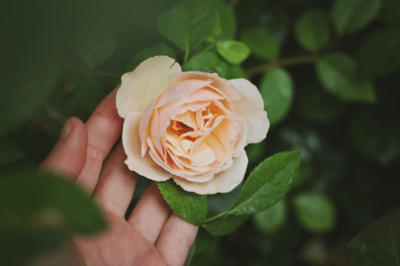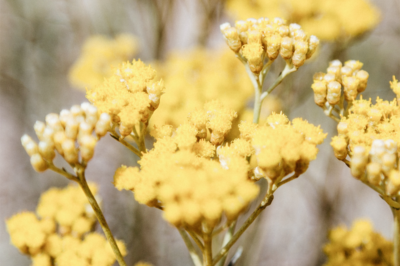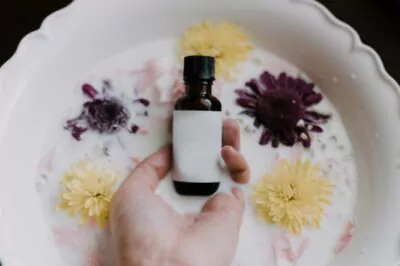Before we became a culture that sees to believe, we were a species that smelled to survive. Smell is the most primal of our 5 senses. These days people with a good sense of smell are chefs and sommeliers, but it wasn’t too long ago that a good sense of smell helped us survive.
We used our sense of smell to identify safe food and water, to find a habitable place to live, and to recognize friend from foe in the wild. We needed to be able to tell when a weed might be dangerous to consume and to give us clues as to what might be lurking around in the bushes.
Because of these specific needs, we evolved to have the ability to pick up on the most nuanced scents.
What is Scent?
Our sense of smell is based on what is happening around us on the molecular level, meaning that any smell that reaches your nose is physically there. Scents are molecules floating around in the air that bind to olfactory receptors. The receptor then sends a message to your brain and your brain translates that message into what we think of as a smell.
Our olfactory receptors can detect about a trillion different molecules — you can imagine how useful that is for us. They do more than just tell us what our external environment smells like. We actually have olfactory receptors all over our body, which collect and transmit pertinent information to our brain about the inside and outside of our body.
Where Else are Olfactory Receptors Found?
This is a relatively new field of scientific study and there are a lot of studies that still need to be conducted, but initial findings are promising.
What we know is that olfactory sensors seem to be in a lot of different places (besides our nose) — they’ve been found (at least) in the heart, lungs, blood and kidneys. Scientists are working to identify exactly what the receptors in these locations do.
They found that olfactory receptors in the kidneys help to “sniff” blood as it passes through and determine its chemical components. This helps inform decisions about what stays in the bloodstream and what will pass out through the urine.
Sperm cells also contain olfactory receptors that play a big role in locating the egg. This was wild to me when I first read about it, but then I thought about it this way: During ovulation, a single, transient egg floats around in a huge area (comparatively) with a very short window for fertilization to happen. There’s just no way that the one-celled sperm can swim randomly around the uterus until they find an egg. It makes evolutionary sense that sperm have built in olfactory sensors that are attracted to the chemical components of the egg.
Our skin has olfactory receptors too!
Why Aromatherapy Works
We have been talking a lot about aromatherapy lately because we just released our Essential Oil Blends and want to share their awesome benefits. We often have people asking us if aromatherapy is actually effective — getting real benefits from scent can seem more like magic than science. At least for now.
Although scent is the (almost) tangible effect of aromatherapy, and scent can definitely affect the way you feel, it’s also a good indicator that the olfactory sensors all over our bodies are also actively picking up environmental information and that our bodies are physically reacting to it on a different level. This means that aromatherapy is doing a lot more than giving you a pleasant smell.
What’s your favorite aromatherapy blend? How does it make you feel? Leave it below in the comments!
Sources:
Ruhr-Universität – Olfactory in the Skin
Live Science – Does the Heart Have a Sense of Smell?
Johns Hopkins – The Sniffing Kidney
Naked Scientists – Are Their Germs in Bad Smelling Air?
Live Science – How Sperm Finds Egg








Leave a Reply